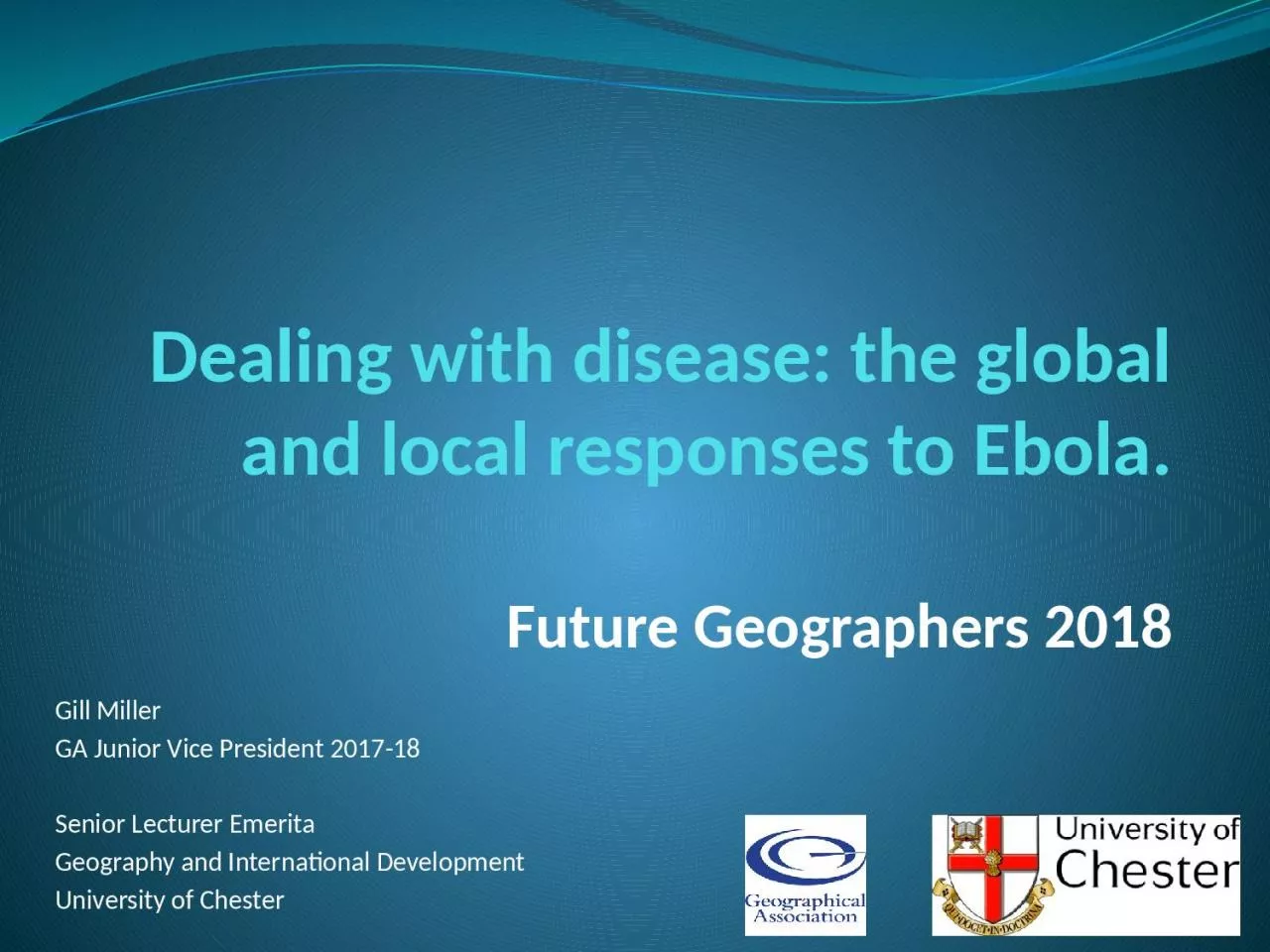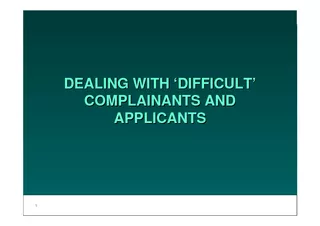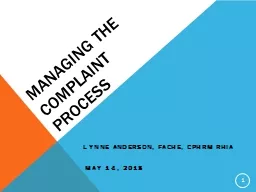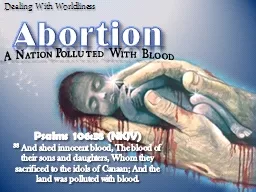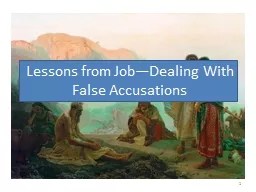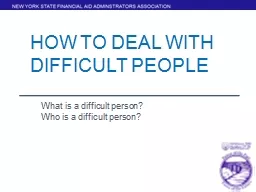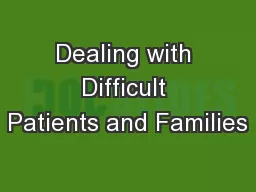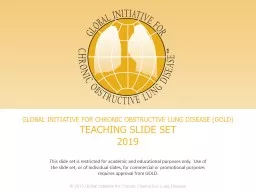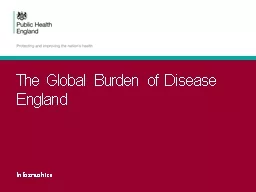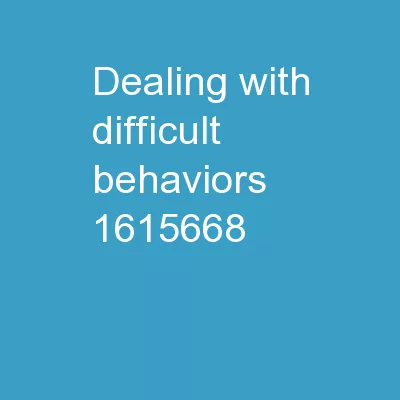PPT-Dealing with disease: the global
Author : davies | Published Date : 2024-03-13
and local responses to Ebola Future Geographers 2018 Gill Miller GA Junior Vice President 201718 Senior Lecturer Emerita Geography and International Development
Presentation Embed Code
Download Presentation
Download Presentation The PPT/PDF document "Dealing with disease: the global" is the property of its rightful owner. Permission is granted to download and print the materials on this website for personal, non-commercial use only, and to display it on your personal computer provided you do not modify the materials and that you retain all copyright notices contained in the materials. By downloading content from our website, you accept the terms of this agreement.
Dealing with disease: the global: Transcript
Download Rules Of Document
"Dealing with disease: the global"The content belongs to its owner. You may download and print it for personal use, without modification, and keep all copyright notices. By downloading, you agree to these terms.
Related Documents

